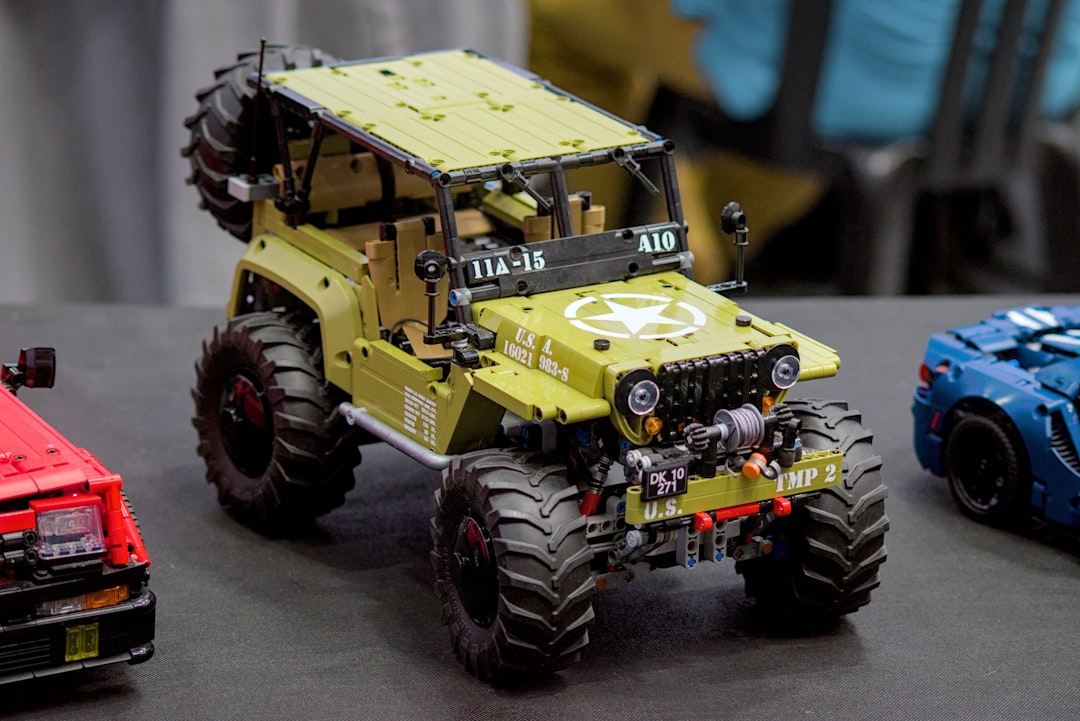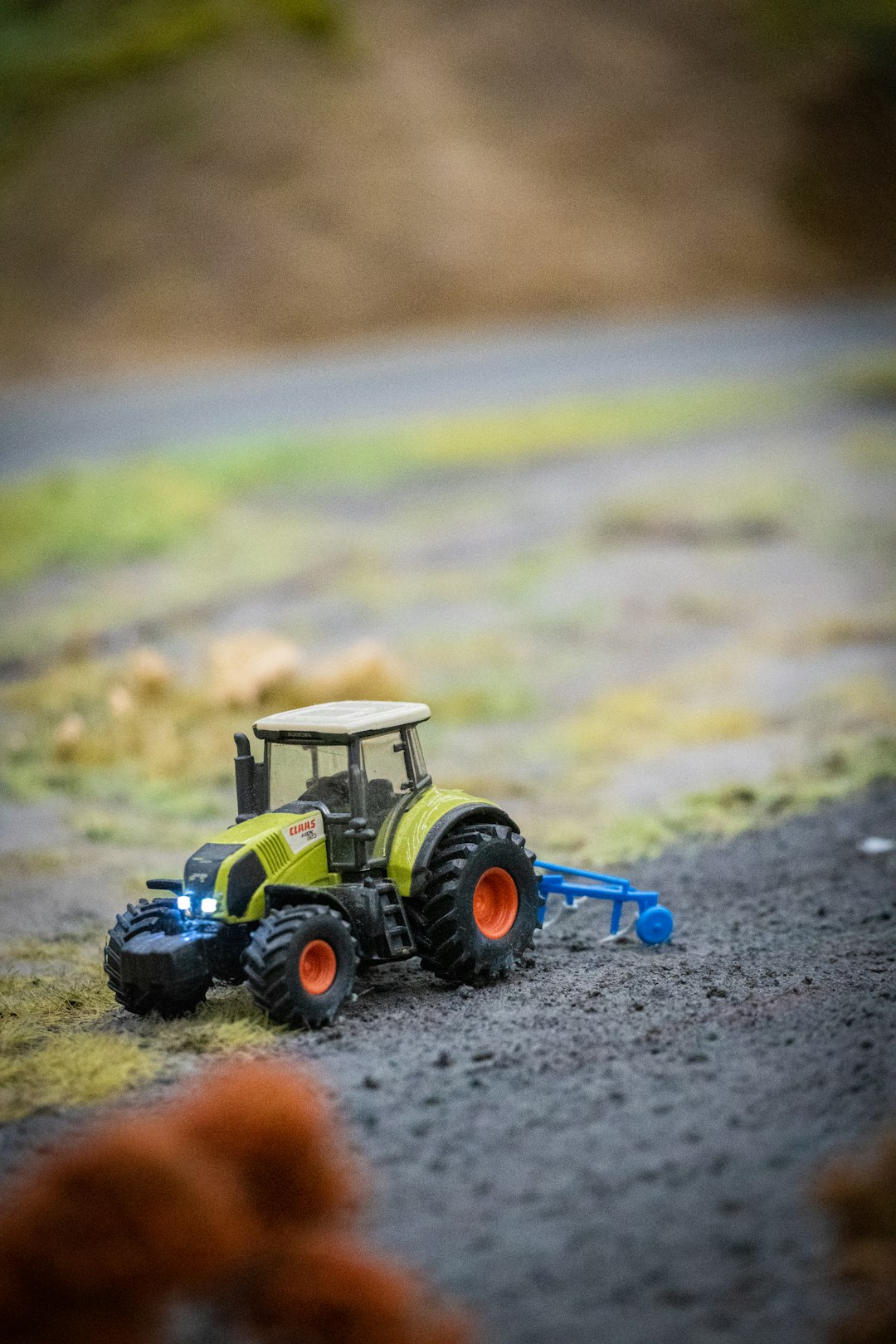Over the past decade, autonomous mowers have transitioned from experimental gadgets to essential components of modern landscape maintenance. These robotic lawnmowers promise efficient, quiet, and low-maintenance grass cutting while allowing homeowners and commercial users to divert their time to more productive activities. Central to this evolution are two key technologies: terrain mapping and mobile app integration. These features not only improve performance and accuracy but also empower users with unprecedented control and insight into their mower’s operations.
The Role of Terrain Mapping in Autonomous Mowers
Autonomous mowers must navigate a range of terrains—flat lawns, sloped gardens, multi-zoned properties—and deliver consistent results regardless of the challenges. Terrain mapping is the technology that enables this capability. Using a combination of sensors, artificial intelligence, and GPS data, these machines can build a detailed, digital ‘understanding’ of the mowing area.
Core Technologies Behind Terrain Mapping
Most high-end autonomous mowers today are equipped with a suite of sensors and navigation tools that may include:
- GPS Modules: Used for real-time positioning and to guide the mower along virtual boundaries.
- LiDAR: Light detection and ranging technology enables the mower to detect obstacles and map elevation changes.
- IMU (Inertial Measurement Unit): Tracks the mower’s orientation and movement, especially useful on uneven terrain.
- Ultrasonic Sensors: Help prevent collisions by detecting nearby objects.
These technologies work together to allow the mower to determine what the terrain looks like, where it is at any given time, and how it should adapt its movement and blade height to deliver optimal mowing results.

Advantages of Terrain Mapping
Without terrain mapping, autonomous mowers would be limited to predefined paths or require boundary wires installed on the lawn—an approach that is both time-consuming and restrictive. By contrast, mowers with smart terrain mapping can:
- Generate Virtual Boundaries: Users can define the mowing area directly in the app, eliminating the need for physical wires.
- Navigate Slopes and Obstacles: Mowers can adjust their path and speed in real time depending on the complexity of the landscape.
- Avoid Repetition: Mapping ensures that areas are covered evenly, reducing redundant passes and conserving energy.
In high-performance models, adaptive learning also allows the mower to improve over time by storing map data and learning from previous mowing sessions.
Integration with Mobile Apps
Another significant enhancement to today’s autonomous mowers comes from mobile apps. These applications serve as the primary interface between the user and the machine, offering customization, immediate updates, and real-time controls. As mowers become smarter, so too do their accompanying apps.
Essential Features of Mower Companion Apps
Companion apps are designed to enhance user experience and provide greater control over the autonomous mowing process. Some common features include:
- Scheduling: Set mowing times that suit your routine, whether it’s daily, every other day, or weekly.
- Zone Management: Divide your property into zones (e.g., front yard, backyard) and assign specific instructions for each.
- Remote Control: Manually steer the mower from your device, useful for spot-checks or when modifying the mowing area.
- Alerts and Notifications: Receive updates if the mower gets stuck, completes a job, or requires maintenance.
- Firmware Updates: Easily update the mower’s software to access new features or performance enhancements.
Advanced models with AI integration may also offer predictive scheduling based on weather patterns or grass growth rates derived from local conditions.
User-Focused Design
Modern interfaces are developed with user-friendliness in mind. Many apps include a 3D map of the mowing area, generated through GPS and sensor input, that allows users to see the mower’s precise location in real-time. You can use drag-and-drop tools to modify virtual boundaries, mark no-go zones, and reassign mowing zones with just a few touches.

Real-World Benefits and Use Cases
For homeowners, autonomous mowers simplify one of the most time-consuming tasks in property upkeep. However, for larger commercial applications—municipal parks, sports fields, corporate campuses—the combination of terrain mapping and app features delivers transformation-level efficiency.
- Reduced Labor Costs: Teams no longer have to commit hours each week to mowing expansive areas.
- Precise Coverage: Even complex landscapes receive uniform attention, with minimal human oversight.
- Data-Driven Management: Usage logs, performance reports, and terrain insights can be used for audits, budgeting, and planning.
Landscaping professionals are also turning to autonomous mowers to supplement their services, allowing them to increase productivity without adding headcount. The car-like fleet management functions in some advanced apps allow companies to monitor and deploy multiple mowers simultaneously across different worksites.
Security and Safety Considerations
With increased sophistication comes the need for enhanced security. Manufacturers are addressing this through several layers of protection:
- PIN and Password Protection: Prevents unauthorized use of the mower or app controls.
- Geofencing: Sends an alert and disables the machine if it leaves its designated area.
- Fleet Monitoring: Tracks multiple devices to ensure none are tampered with or misplaced in transportation.
These safety mechanisms protect not only the investment but also ensure that the mowers operate within responsible and designated limits.
Looking Ahead: The Future of Smart Mowing
The development of autonomous mowing technology is far from over. Companies are investing in machine learning algorithms to allow mowers to adapt proactively to weather, grass growth speed, and seasonal changes. One promising area is multi-sensor data fusion, where information from diverse sensors is synthesized to create a unified model of optimal mowing behavior.
Over time, we can expect:
- Greater Energy Efficiency: Mowers will learn the most efficient mowing routes over time and adapt cutting patterns based on past performance.
- Cloud Integration: Data will be stored and analyzed remotely, allowing for smarter updates and predictive diagnostics.
- Enhanced Collaboration: Multiple units will work together to divide and conquer larger areas, minimizing overlaps and maximizing productivity.
Furthermore, as regulations around backyard automation and urban landscaping evolve, these machines may soon need to comply with new environmental and zoning guidelines—a development that could further drive innovation in the sector.
Conclusion
The intersection of terrain mapping and mobile app technology is defining a new era of autonomous lawn care. These machines are no longer simple automations of manual labor; they are intelligent devices capable of learning, adapting, and optimizing the way we care for outdoor spaces. For homeowners, businesses, and municipalities alike, autonomous mowers powered by smart technologies offer not just convenience but a path toward more sustainable and precise landscape management.
As adoption continues to grow and capabilities improve, the autonomous mower is poised to become as essential to outdoor maintenance as the traditional lawnmower once was—only smarter, safer, and far more efficient.

